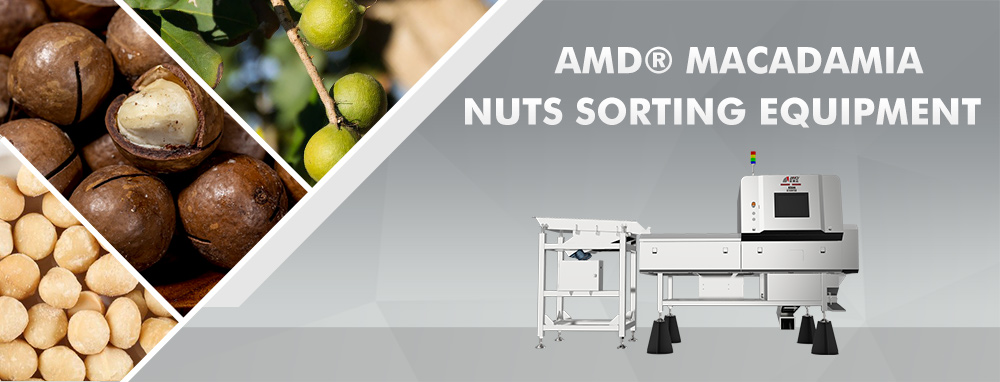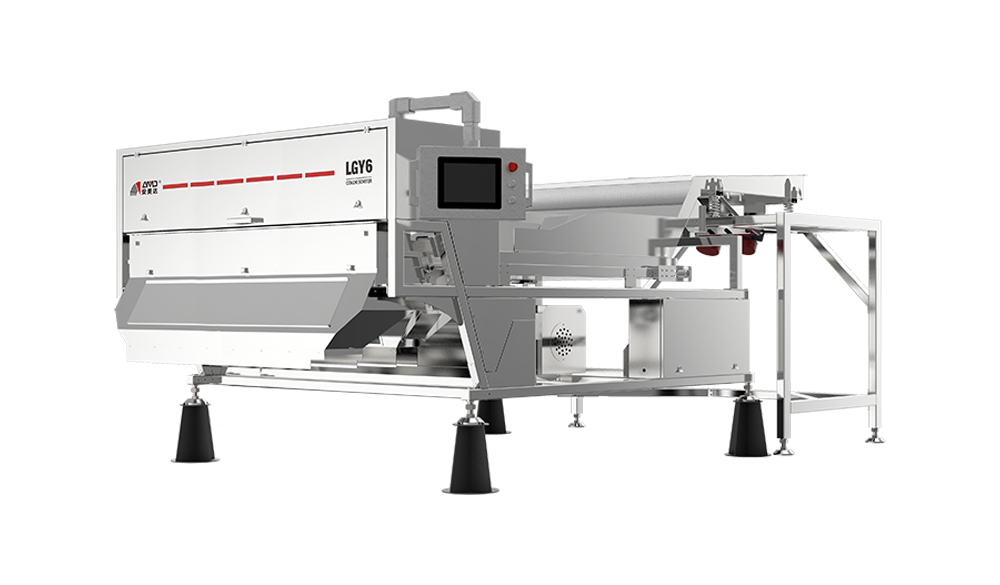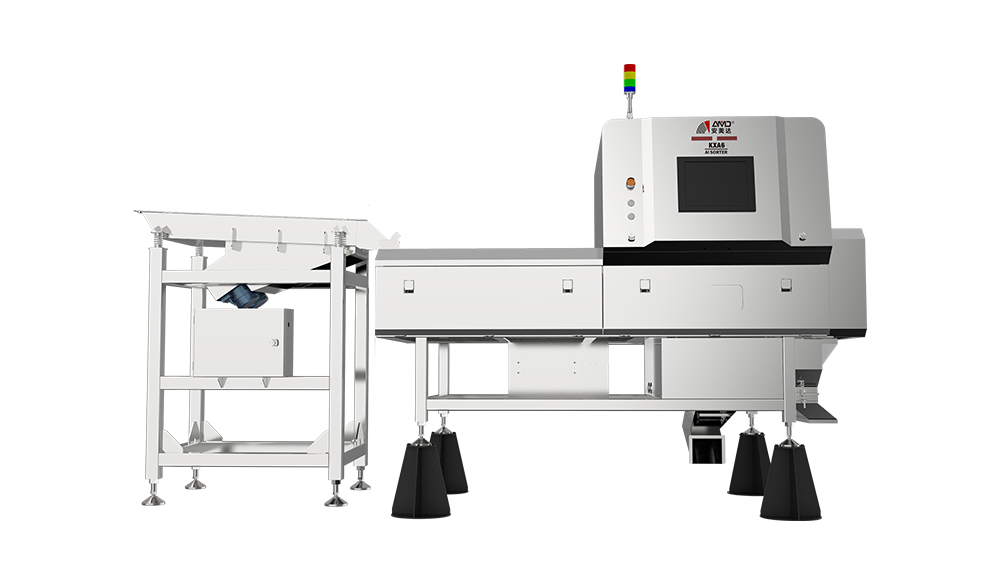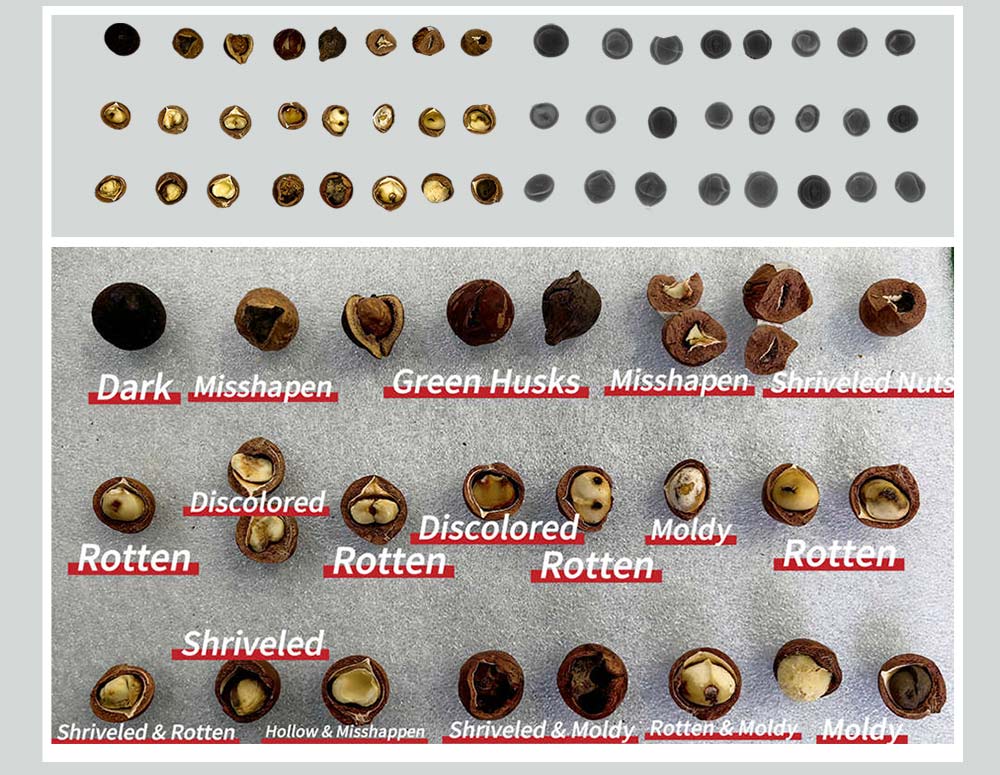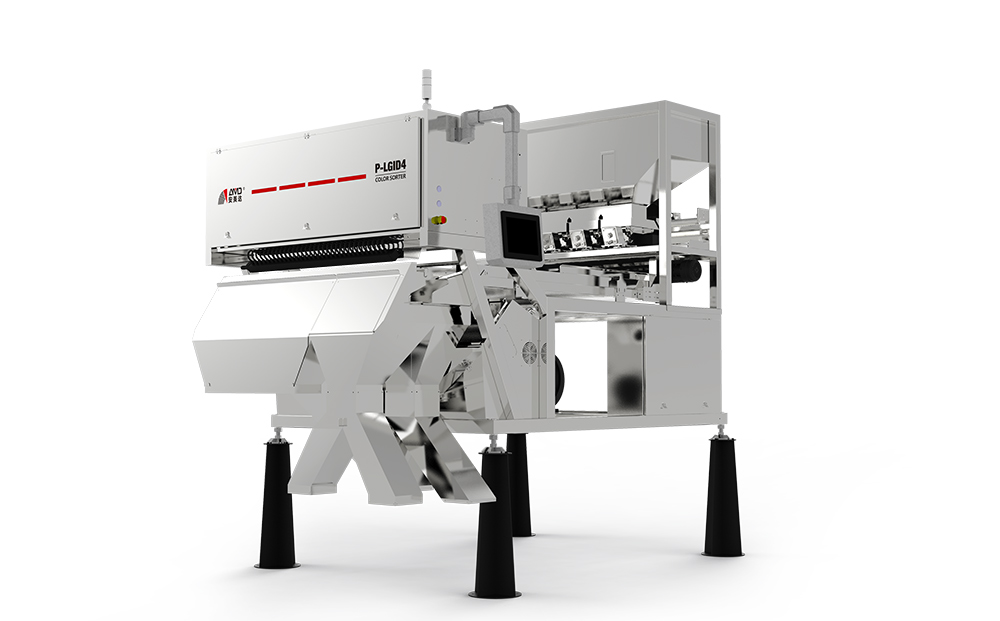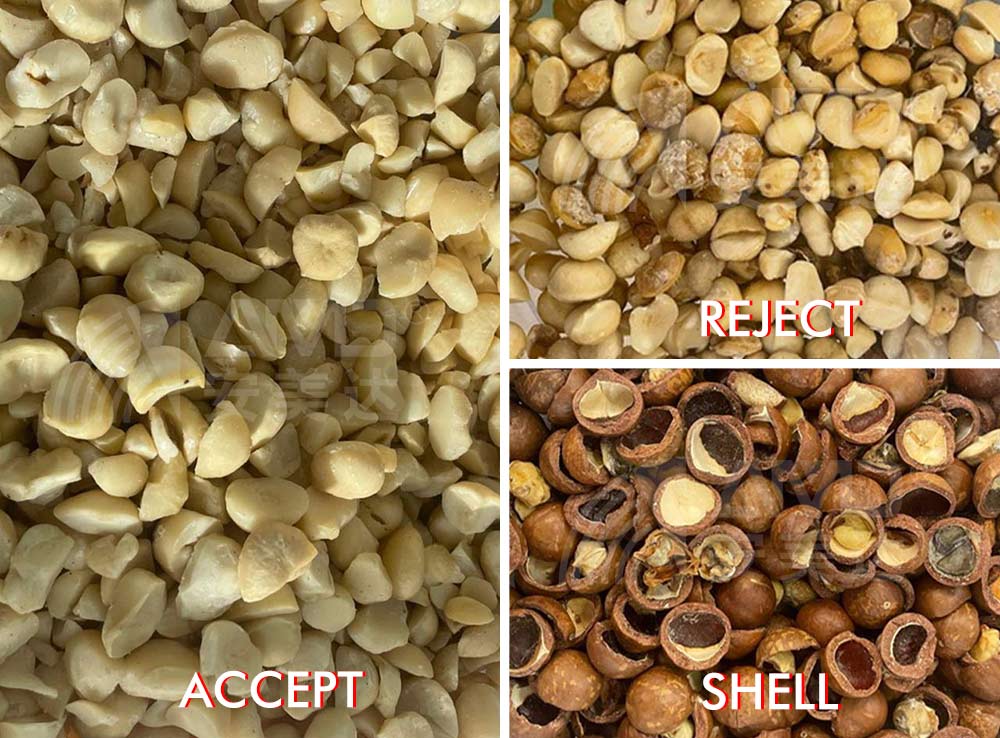
In the veterinary industry, the demand for effective medication delivery systems has led to the development of specialized liquid and oil capsule filling machines. These machines are designed to cater to the unique needs of veterinary pharmaceuticals, ensuring accurate and efficient filling of liquid capsules.
Key Features and Benefits
1. Accurate Dosage:
Capsule filler for liquid and oil ensure accurate dosage of the liquid drug in each capsule, reducing differences in therapeutic efficacy due to uneven dosage. This precision is crucial for ensuring that animals receive the correct amount of medication.
2. Improved Bioavailability:
liquid capsule are generally more readily absorbed by animals than solid drugs, especially for medications that require a rapid onset of action. The liquid form accelerates the release and absorption of the drug, enhancing its effectiveness.
3. Versatility and Flexibility:
liquid capsule filling machine can handle a variety of liquid medications, including oils, nutritional supplements, and herbal extracts. This versatility allows manufacturers to adapt to different veterinary needs and formulations.
4. Reduced Bitterness and Irritation:
One significant advantage of veterinary pharmaceuticals capsule filling machine is their ability to effectively mask the bitter or irritating taste of medications. This makes them more palatable to animals, thereby improving medication compliance and overall treatment success.
5.Enhanced Stability:
Veterinary industry capsule filling machine protect sensitive ingredients from environmental factors, improving the stability and shelf life of the drug. This is particularly important for veterinary pharmaceuticals that may contain volatile compounds.
6. Automated Production:
Modern liquid capsule machines are often equipped with automation features that increase production efficiency, reduce labor costs, and minimize human error. This automation streamlines the manufacturing process, allowing for higher output and consistency.
7. Easy to Store and Transport:
Liquid capsules are relatively small and compact, making them easy to store and transport. This also helps reduce the use of packaging materials, contributing to more sustainable practices in the veterinary pharmaceutical industry.
8.User-Friendly Design:
Veterinary industry capsule filling machine feature a simple design and user-friendly operator interface, making them easy to use and maintain for staff at veterinary drug manufacturers. This ease of operation ensures that personnel can efficiently manage the filling process.
Conclusion
Through these advantages, the veterinary pharmaceuticals capsule filling machine can significantly improve production efficiency, ensure drug quality, and meet the diverse needs for veterinary drugs. By leveraging the benefits of accurate dosage, improved bioavailability, and user-friendly operation, these machines play a vital role in enhancing the overall effectiveness of veterinary treatments.



